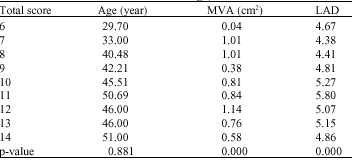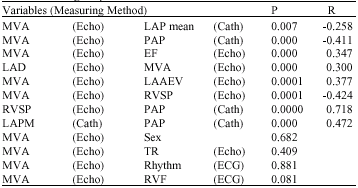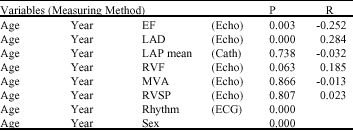Research Article
Comparative Study Between Echocardiographic and Catheterization Findings in Patients with Rheumatic Mitral Stenosis
Department of Echocardiography, Shahid Madani Heart Center, Tabriz University of Medical Sciences, Tabriz, Iran
Laleh Shahsar
Tabriz University of Medical Sciences, Tabriz, Iran













